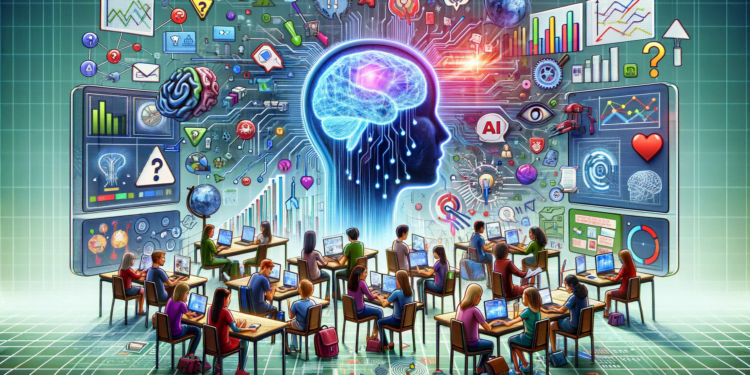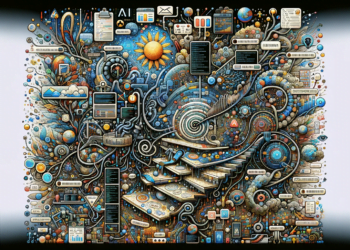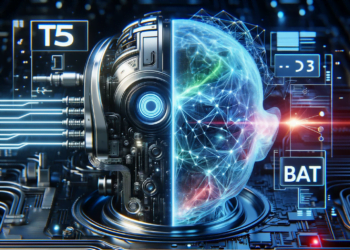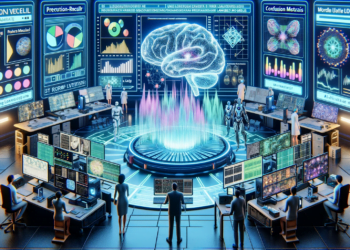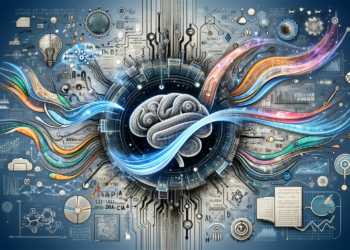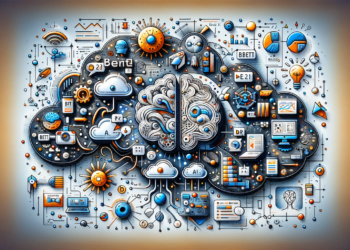Artificial intelligence (AI)-based language models have become revolutionary tools within the educational ecosystem. Their ability to process and generate text in a coherent and contextually relevant manner makes them potential allies for students, educators, and institutions. This dissertation conducts a comprehensive study of technical advancements in language models, evaluating their practical applications in education and defining the inherent limitations of their technology.
Theoretical Foundations of Language Models
Current language models are based on deep neural network structures, such as Transformers, which have revolutionized natural language processing (NLP). Implementations like GPT (Generative Pre-trained Transformer) and BERT (Bidirectional Encoder Representations from Transformers) operate through attention mechanisms that capture long-range dependencies and learn contextual representations of words and phrases. These models are pre-trained on vast text corpora and subsequently fine-tuned for specific tasks, a process known as transfer learning.
Innovations in Algorithms and Their Educational Impact
Recent advancements have led to significant improvements in the models’ ability to understand and generate language more accurately. The introduction of techniques such as few-shot learning and zero-shot learning allows the models to perform specific tasks with few or no training examples. This flexibility is particularly beneficial in educational contexts where training resources are limited or where customization to specific academic needs is paramount.
Comparison with Previous Models
The evolution of language models represents a qualitative leap over previous rule-based or simpler statistical approaches. Transformer models have outperformed their predecessors by better contextualizing the latent meaning in textual sequences and offering greater fluency and coherence in content generation. This progression is vital for the creation of automated educational materials and learning support tools that require an unprecedented quality of language.
Applications in Education
Language models find one of their most promising applications in personalized education. Algorithms can generate tests and exercises tailored to each student’s level and progress. In addition, AI-powered virtual assistants are being deployed to offer tutoring and resolve questions in real-time, democratizing access to quality education.
Challenges and Limitations
Despite advancements, technical and ethical limitations persist. The most advanced models require massive amounts of data and computational resources for their training, raising questions about their sustainability and accessibility. Moreover, the interpretation and generalization beyond the content seen during training remain a challenge. The risk of bias and the generation of incorrect or inappropriate responses are serious problems to consider within the educational realm.
Future Projections
The trend towards increasingly sophisticated language models suggests an improvement in their precision and ability for specialized tasks. There is an anticipated growth in customization capability and the adaptability of AI systems to different learning styles. Convergence with technologies like augmented reality could provide immersive teaching and learning experiences supported by advanced language models.
Relevant Case Studies
Examples like ‘Jill Watson,’ a virtual assistant created at Georgia Tech, offer a glimpse into the effectiveness of language models in education. Jill responded to student questions in online forums with precision comparable to human assistants. Meanwhile, platforms like Duolingo use AI models to tailor educational content to the learner’s progression. These cases exemplify the potential and practical considerations of implementing such technologies in real educational environments.
Conclusions
Language models in education offer revolutionary potential, from personalizing learning to equitable access to educational resources. However, their implementation must be meticulous, taking into account limitations and ensuring ethical and sustainable practices. Ongoing research and development are essential to expand the capabilities of these systems and mitigate their current challenges. Collaboration between AI experts, educators, and stakeholders in the educational field will be crucial to optimize the use of language models in the education of the future.

